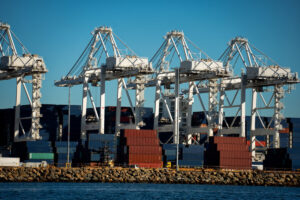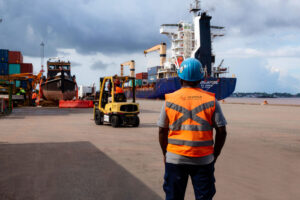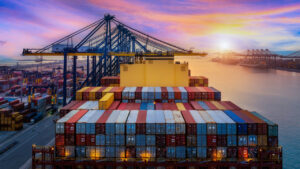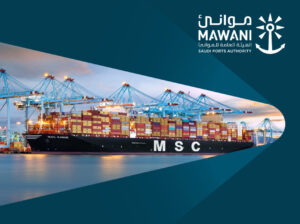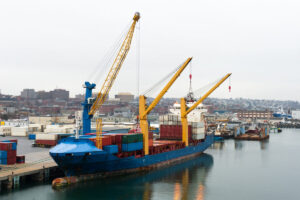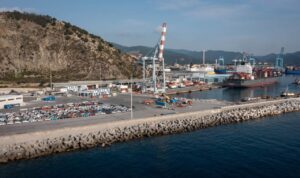Small terminals need to form a larger port network to ensure they get the right investment and can build best conditions to automate operations.
During the second day of the Container Terminal Automation Conference 2021 (CTAC), Robert Hambleton, Managing Director, SOCAR Terminal, said hubs should look to build a “bigger port network” so that they can lobby legislators for investment and the right business environment for automation.
“One of the biggest challenges is a lack of power. Big terminals can knock on the door of the transport department, but the influence of smaller ones is limited.
“You have all got to speak in one voice and competition needs to take a back seat. The challenges come down to power and [smaller terminals] need to get into collaborative mode.”
It is more challenging to implement automation in smaller terminals because they are “inherently less flexible” than larger ones, Hambleton continued.
If one crane is not in use then that can be a significant proportion of a small terminal’s equipment, Hambleton pointed out, and this it hard to deploy software upgrades.
“Every terminal is unique and [to automate] you have to get back to basics.”
Jorge Lecona Murillo, Head of Innovation, Hutchison Ports – Mexico, agreed the cooperation is the best way to influence policy and that there are “many benefits” to sharing data, which will help all terminals automated in the long-term.
Another area of agreement was that customers should be at the centre of any and all automation upgrades. Hambleton explained that smaller terminals also tend to have smaller, “less data orientated customers” and they need to be “flexible” in order to cater for them.
One way of doing this, according to Hambleton, is a pre-gate operation that allows for data to be “cleaned” before being put into the terminal operating system (TOS), according to Hambleton.
Murillo said smaller terminals should consider cargo owners to be their main customer base, as well as carriers, and that they should work to be better supply chain partners with exporters and shippers.
Sridharan Narayanan, Global Head – Ports & Cargo Business Unit, Tata Consultancy Services, said other challenges for smaller terminals include scarcity of land and the balance of risk and reward.
However, Narayanan said automation is “inevitable” and the “need of the hour for maritime hubs” to meet growing demand and expanding container handling capacity.
Automating greenfield terminals are easier, according to Narayanan, because in many instances brownfield hubs are more averse to risk, particularly in areas with skilled labour forces.


